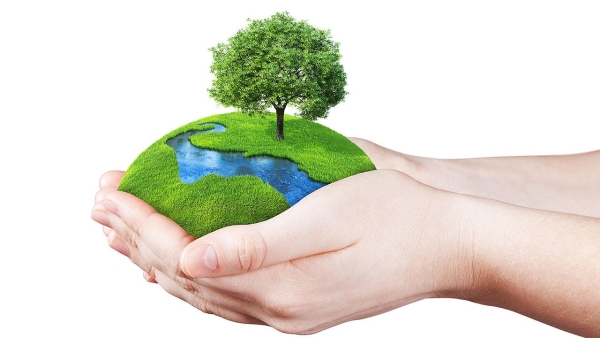Here are some fun facts about today's holiday, Earth Day!
- Origins: Earth Day was first celebrated on April 22, 1970, initiated by Senator Gaylord Nelson of Wisconsin to raise awareness about environmental issues.
- Global Reach: What began as an American movement quickly turned into a global phenomenon. Earth Day is now celebrated in over 190 countries around the world.
- Massive Participation: The first Earth Day saw 20 million Americans, roughly 10% of the U.S. population at the time, participating in demonstrations across the country.
- Environmental Impact: The inaugural Earth Day led to the creation of significant U.S. environmental laws including the Clean Air Act, Clean Water Act, and the Endangered Species Act.
- Earth Day Network: The organization founded by the original Earth Day organizers coordinates global events and activities to celebrate Earth Day each year.
- 2020 Milestone: The 50th anniversary of Earth Day in 2020 was marked by digital protests due to the COVID-19 pandemic, making it one of the largest online mass mobilizations in history.
- Annual Themes: Each Earth Day has a specific theme; for example, "Restore Our Earth" in 2021 focused on natural processes, green technologies, and innovative thinking that can restore the world’s ecosystems. For 2024, it is, "Planet vs. Plastics."
- Educational Impact: Earth Day is used as an opportunity to educate about environmental issues, with many schools and communities organizing learning events and activities.
- A Day of Action: Earth Day is often marked by tree planting, clean-up campaigns, and petitions for stronger environmental laws, demonstrating the proactive nature of the observance.
- Symbol: The official Earth Day flag features a picture of the Earth taken from the Apollo 17 spacecraft, symbolizing peace and environmental stewardship.

